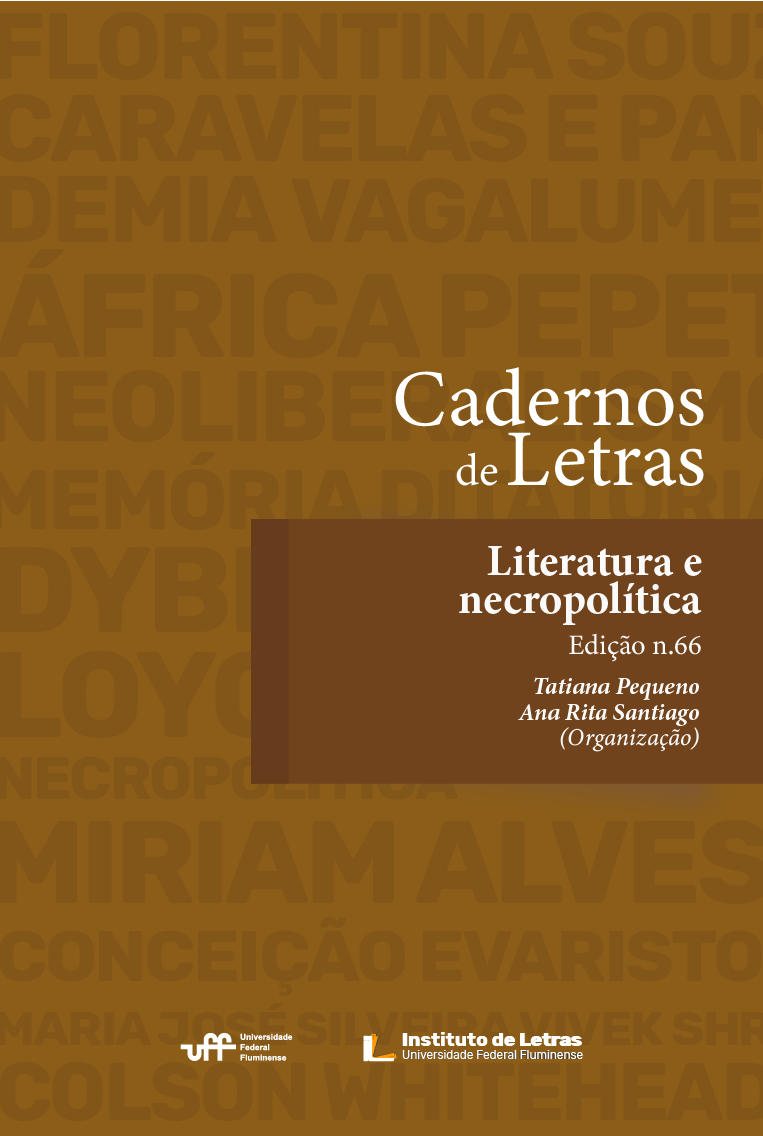“THE MOST DESPISED OF PLACES, AFRICA, IS WHAT ENDS UP GUARDING LIFE”: THE SUBVERSION OF STEREOTYPES AND THE FIGURE OF THE ENEMY IN O QUASE FIM DO MUNDO, BY PEPETELA
DOI:
https://doi.org/10.22409/cadletrasuff.v34i66.58452Abstract
The book O quase fim do mundo (2008), by Pepetela, presents the attempt to exterminate life on Earth through a project architected by a group that considered themselves as “pure” whites and those who did not fit into this category of purity were seen as a threat to the development of humanity. However, the plan does not have the expected result and the only survivors are mostly Africans. From this, the objective of this work is to analyze how Pepetela's book subverts the notion of a “pure race” and the superiority of the West, which rescues colonialist and imperialist conceptions. In addition, we seek to investigate the construction of stereotypes about the African continent and its peoples as inferior and primitive, and how the analyzed narrative deconstructs them. We also propose to explore the construction of the African as an enemy, that is, the “non-similar”, whose communication is not possible or desirable, and how this process relates to power and sovereignty. For the analyses, we considered the works of Leila Leite Hernandez (2005), Stuart Hall (2016), Achille Mbembe (2017, 2018), Ribeiro (2013), among others.
Downloads
Downloads
Published
How to Cite
Issue
Section
License
Copyright (c) 2024 Caderno de Letras da UFF

This work is licensed under a Creative Commons Attribution-NonCommercial 4.0 International License.
I authorize Cadernos de Letras da UFF to publish the paper of my authorship/responsibility that I now submit, in case it is accepted for online publication.
Moreover, I declare that this contribution is original, that it was not submitted to any other editor for publication, and I sign the present declaration attesting the truth of all its contents.
The copyright of the works published at the virtual space of the Cadernos de Letras da UFF are automatically entitled to Cadernos de Letras da UFF. Their total or partial reproduction is conditioned to the authors' citations and publication data.

Cadernos de Letras da UFF is licensed under a Creative Commons - Attribution-NonCommercial 4.0 International (CC BY-NC 4.0).





